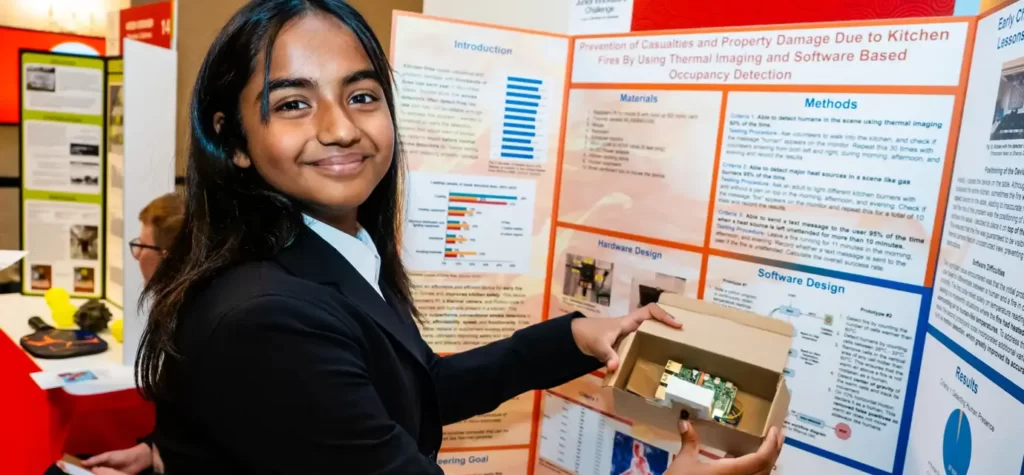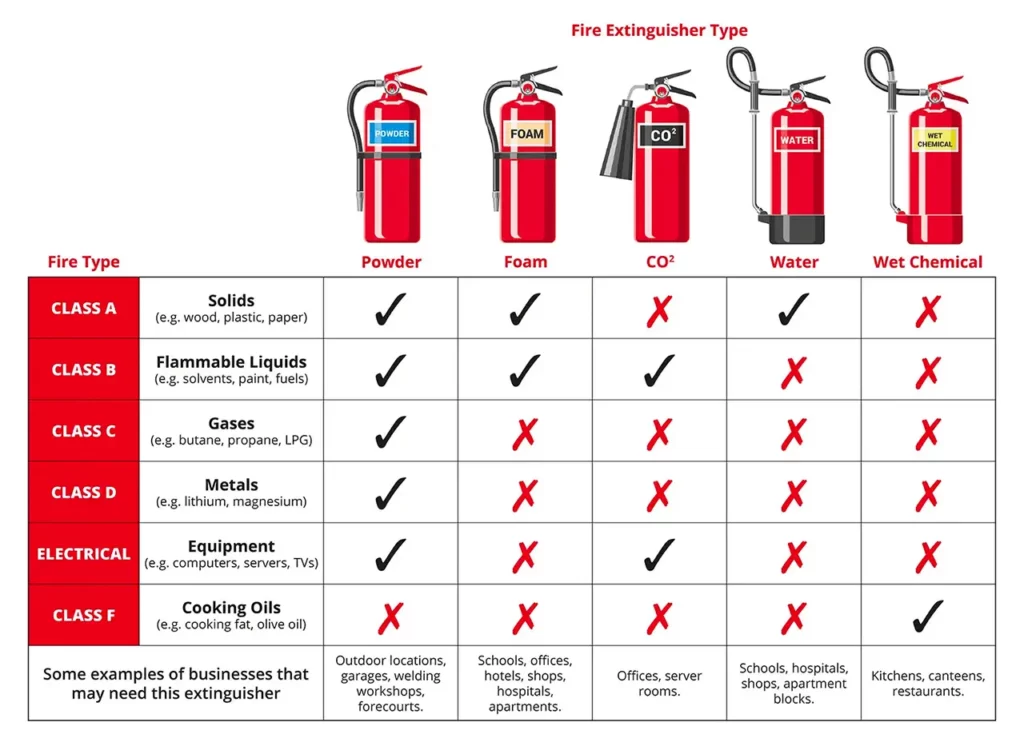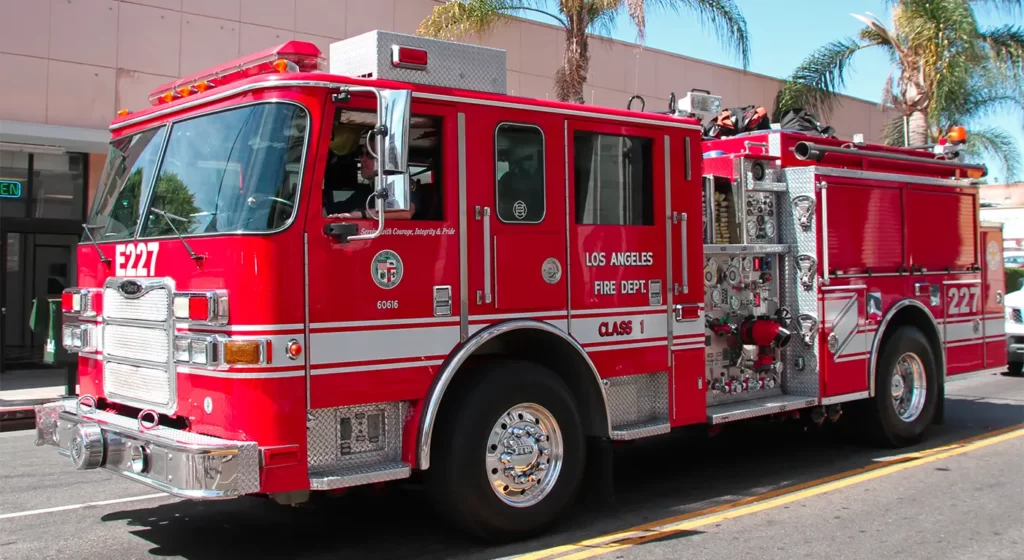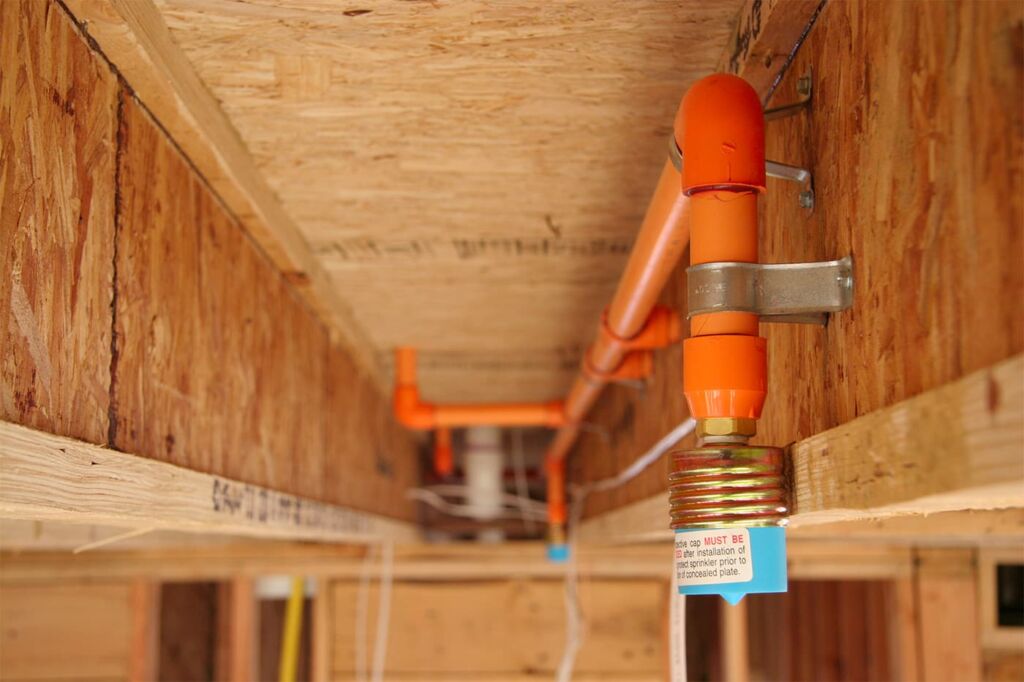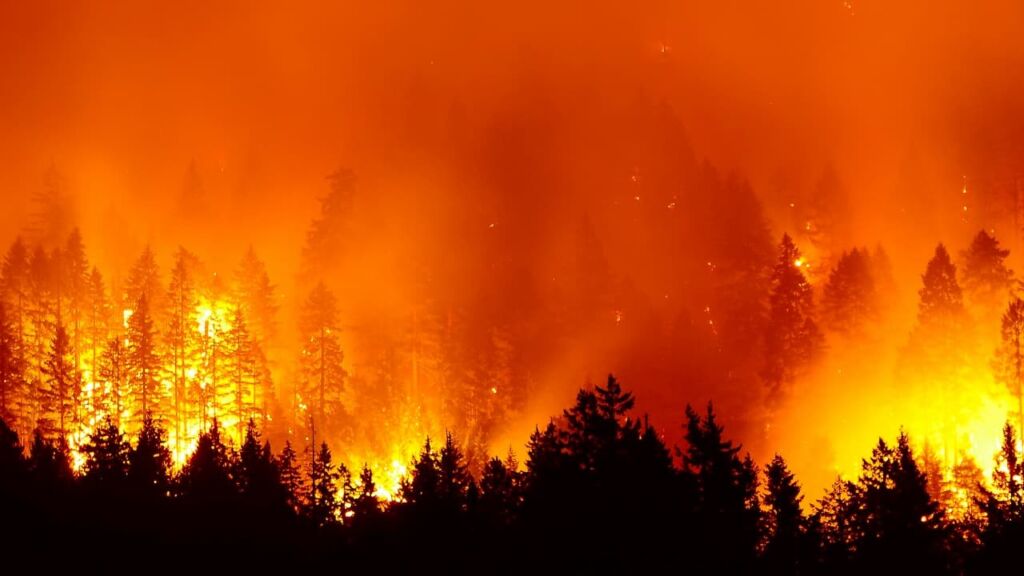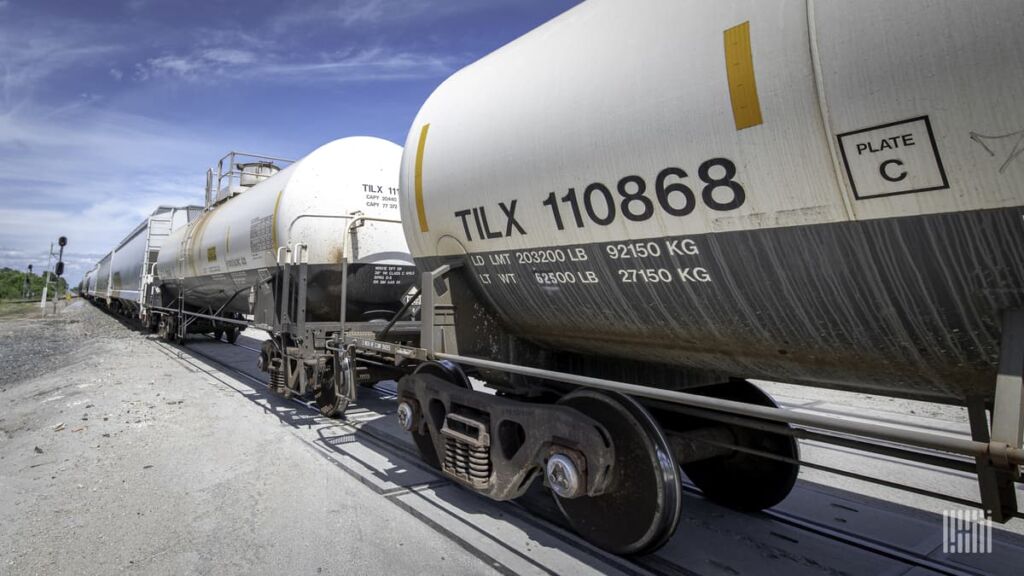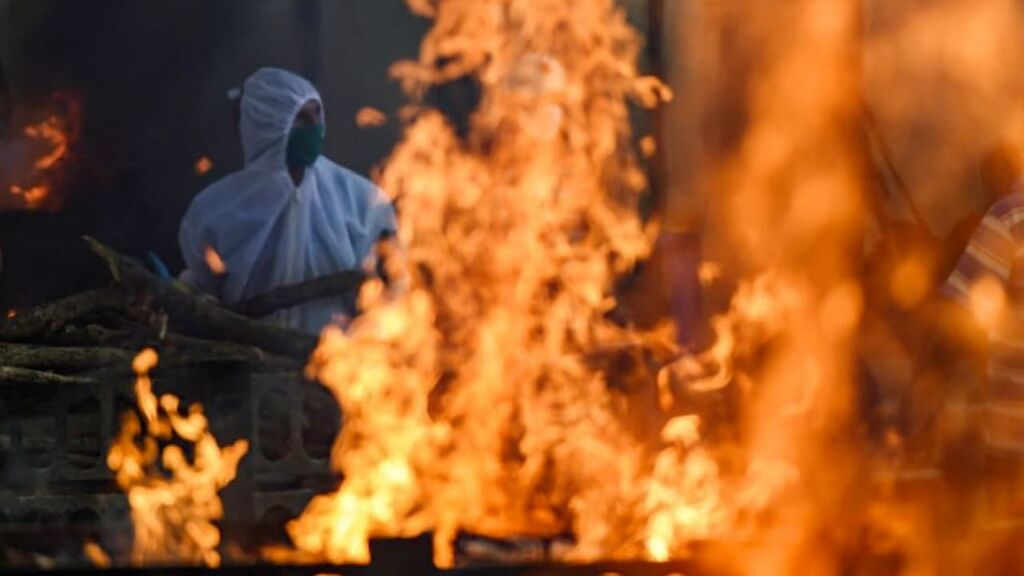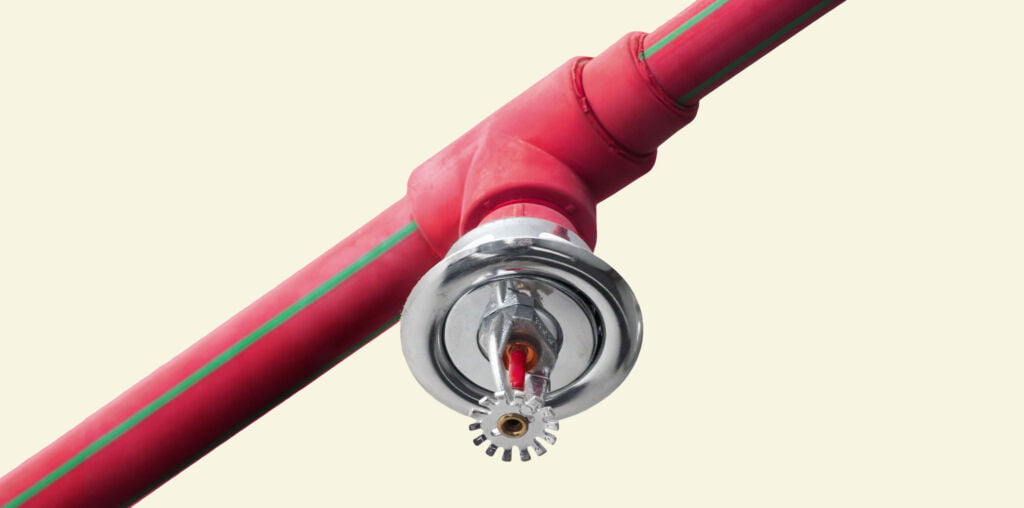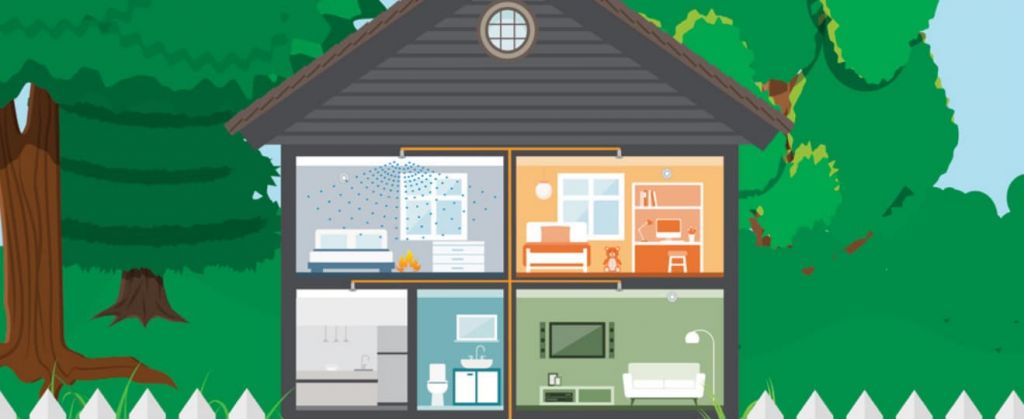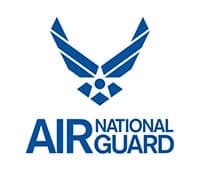Precision Fire Protection News
Enforcement Changes to Spare Sprinkler Requirements

One of the most cited deficiencies in sprinkler system inspections relate to the requirement to have an appropriate stock of spare sprinklers available. When a sprinkler operates or is damaged it must be replaced in order to place the sprinkler system back into fully functional service. If a sprinkler is not able to be replaced in a timely manner it can result in prolonged impairments where the required level of protection is not being provided. Even if a single head is plugged, that system is not providing full protection. In order to facilitate quick restoration of service, NFPA 13, Standard for the Installation of Sprinkler Systems, and NFPA 25, Standard for the Inspection, Testing, and Maintenance of Water-Based Fire Protection Systems, have requirements for spare sprinklers on located on site.
While the requirements are relatively straightforward this is still a common issue. Two years ago, NFPA Journal included an In Compliance column titled, “When to replace sprinklers, and what your sprinkler cabinet should include.” That article presented reasons why sprinklers might need to be replaced and covered the requirements for spare sprinklers. To make matters slightly more complicated a recent update to standards by The Joint Commission was made to spare sprinkler requirements for facilities which they accredit in order to comply with the Centers for Medicare & Medicaid Services’ (CMS) interpretation of spare stock of sprinklers. That change is effective as of January 1, 2021. More on the specifics of that modification and how that is certainly at the discretion of AHJs is discussed below.
The Requirements
The minimum number of spare sprinklers is based on the overall number of sprinklers on the sprinkler system as follows:
| Total Sprinklers in System | Minimum Number of Spare Sprinklers |
| Less than 300 | 6 |
| From 300 to 1000 | 12 |
| More than 1000 | 24 |
The sprinklers that make up that minimum supply are required to correspond to the types and temperature ratings of the sprinklers in the property. While not directly stated this can be interpreted to state that a spare sprinkler cabinet needs to have at least a minimum of one spare sprinkler per type and temperature classification of what is installed on the system. Beyond that, an annex note states that a minimum of two sprinklers of each type and temperature classification SHOULD be provided. As an annex note, this is informational and not enforceable unless an AHJ decides to enforce more stringent requirements.
Other items related to the spare sprinkler cabinet that are too often overlooked include the requirement that an appropriate sprinkler wrench be provided for each type of sprinkler, that the cabinet be in a location that will prevent the spare sprinklers from being exposed to excessive temperatures, and that a list of the sprinklers installed in the property be posted in the sprinkler cabinet.
Increases for Health Care
As mentioned above, a recent announcement from The Joint Commission has changed the requirements for health care facilities which they accredit to CMS Conditions of Participation. This change states that a minimum of six spare sprinkler heads of each type and temperature rating be readily available. In some cases, this might not result in a major increase, but in many it will require the purchase of additional spare sprinklers and cabinets to hold them.
For example, if a hospital has 800 sprinklers installed but only two different sprinkler types, then the minimum number of spare sprinklers is still 12 total with six of each type. More realistically however, that hospital with 800 sprinklers installed will likely have a combination of quick-response sprinklers, standards response sprinklers, uprights, pendants, or sidewalls, and perhaps have intermediate heads for certain locations, or even dry sprinklers for walk-in freezers. In this case the minimum number of sprinklers as specified by the update would require six of each of these types and temperature classification and likely double or triple the minimum specified in the NFPA standards.
As is the case with all NFPA codes and standards, they are the minimum requirements to provide a reasonable level of safety. AHJs are always able to require more stringent requirements.
“Spare Me”
While missing or inadequate spare sprinklers on a “normal” day isn’t something that impacts the performance of a sprinkler system, not having them readily available when needed can result in impaired systems over a prolonged period. This can significantly reduce the protection of the building and its occupants and also negatively impact building owners who are either forced to evacuate or implement a dedicated fire watch while waiting. Building owners on the health care side as well as ITM service providers who serve health care facilities should be aware of these changes in the enforcement around spare sprinkler requirements.
PEOPLE We Protect
Our Distributors and Suppliers
Experience
Our team started in the fire protection industry over 20 years ago. Since then we have grown into a statewide fire protection construction leader. Our team of project managers, engineers, designers, inspectors, installers, and technicians all share a passion for quality work and high standards. Precision Fire Protection understands the need to complete projects with integrity, safety, and precision!
Dedication
Our mission is to provide our customers with timely, high quality, affordable fire protection services that are guaranteed. We strive to achieve our client’s complete satisfaction. We are relentless in applying the highest ethical standards to ourselves and to our services and in communications with our customers. We aim to fulfill that mission in everything we do.
Precision
Precision Fire Protection keeps its team together, even when it's not. Just as vital as field personnel’s tools are, our project managers are equipped with the latest software to manage projects. Our project managers send dailies, RFIs, and plan revisions to the cloud so that everyone has access no matter where they are. Being connected is our way of ensuring every project goes smoothly.
Safety
Our team of multi-certified managers and supervisors are highly experienced in job safety. Our managers are OSHA certified to handle each project with care and sensitivity to every unique job site. By ensuring on-site safety on every project we work on throughout Southern California, Precision Fire Protection has developed positive relationships with our General Contractors.








































